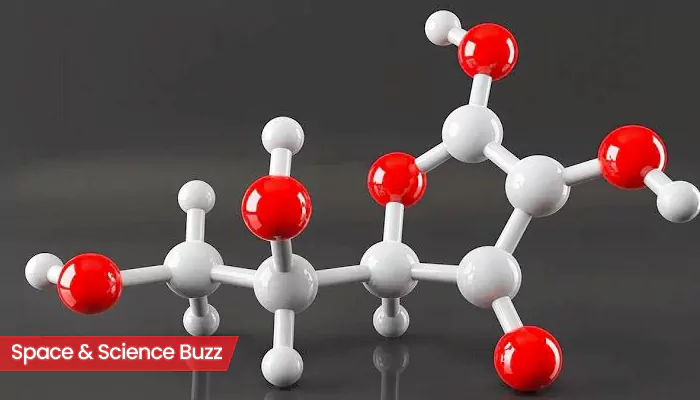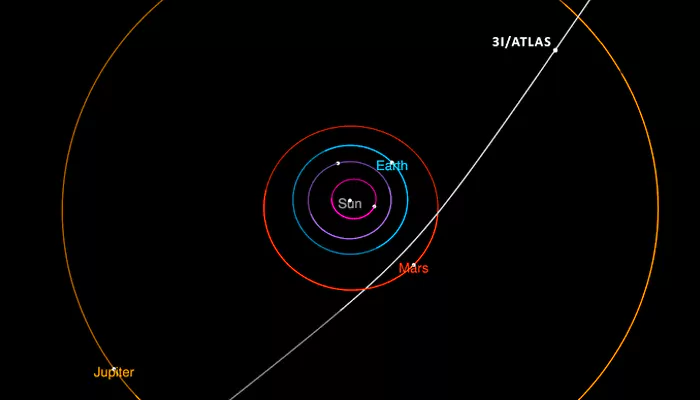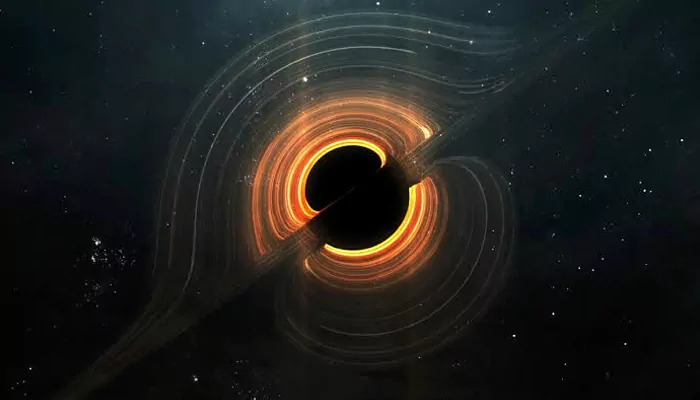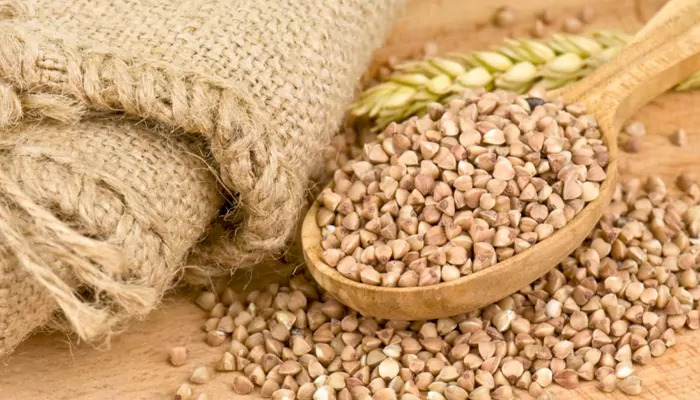
Here are today’s most important updates from the realm of Science and Space.
Researchers have made a groundbreaking discovery by isolating a compound called methanetetrol, which could unlock new secrets to understanding the chemistry that supports life in space. An international team successfully synthesised the compound. This is essentially a prebiotic concentrate, a seed of life molecule. It's something that can lead to more complex chemistry if given the opportunity. Think of it like an acorn that will grow into a tree in the Grove. The acorn alone cannot make a tree; it requires sunlight, water, and many other things. But it can be what starts the process, according to researchers. Methanetetrol, a rare and elusive ortho acid, is believed to play a crucial role in early life chemistry. To replicate its formation in space, researchers simulated cosmic conditions by freezing water and carbon dioxide ice to near absolute zero and exposing them to radiation. This process allowed researchers to release and identify the molecule using ultraviolet light. So, if we can find places where methanetetrol forms naturally, we know that it is a place that has the potential building blocks to support life.

NASA has shared new details about the interstellar comet 3I/ATLAS after capturing the sharpest-ever image of the comet using the Hubble Space Telescope's crisp vision. According to Hubble, the comet's nucleus size is approximately between 320 meters and 5.6 kilometres in diameter. Earlier, scientists estimated that the size of its icy core is around several miles (tens of kilometres). The 3I/ATLAS is travelling through our solar system at a staggering 130,000 miles (209,000 kilometres) per hour, the highest velocity ever recorded for a solar system visitor. Hubble also captured a dust plume ejected from the Sun-warmed side of the comet and a hint of a dust tail streaming away from the nucleus.

Astronomers have unveiled a cosmic titan that may be the most massive black hole ever detected, a discovery that stretches the boundaries of our understanding of these enigmatic objects. This ultramassive black hole, weighing in at an astonishing 36 billion times the mass of our Sun, dwarfs the black hole at the centre of the Milky Way by a factor of 10,000. It resides in the heart of one of the largest known galaxies, nicknamed the Cosmic Horseshoe, located some 5 billion light-years from Earth. The Cosmic Horseshoe galaxy is so massive it warps spacetime itself, bending light from a more distant galaxy into a striking horseshoe-shaped Einstein ring.

NASA astronauts have brought back seeds from the cold desert of Ladakh that spent just over a week aboard the International Space Station (ISS). The seeds of seabuckthorn and Himalayan buckwheat, two nutrient-rich crops native to Ladakh, returned to Earth aboard the Crew-10 mission, which splashed down recently. The seeds were part of the “Emerging Space Nations’ Space for Agriculture & Agriculture for Space” experiment, a collaborative initiative that explores how plants endure the unique stresses of space, including microgravity, radiation, and extreme temperature fluctuations. Both species thrive in one of the harshest climates on Earth, making them ideal candidates for testing resilience in space environments. This experiment will help grow food in places where it’s currently impossible, whether that’s on Mars or in arid regions here on Earth.